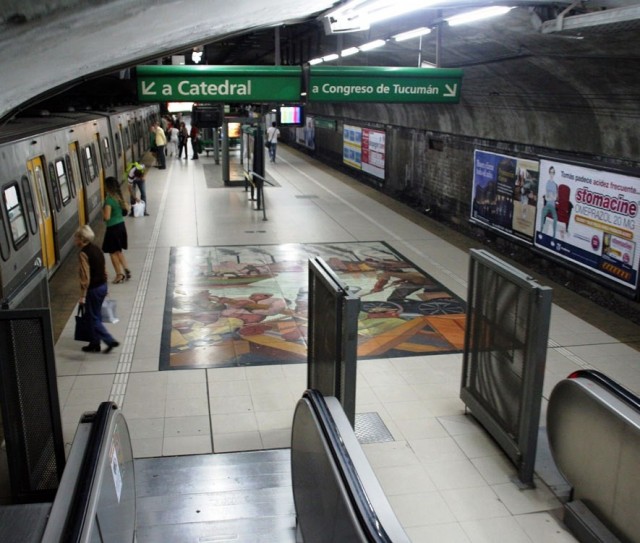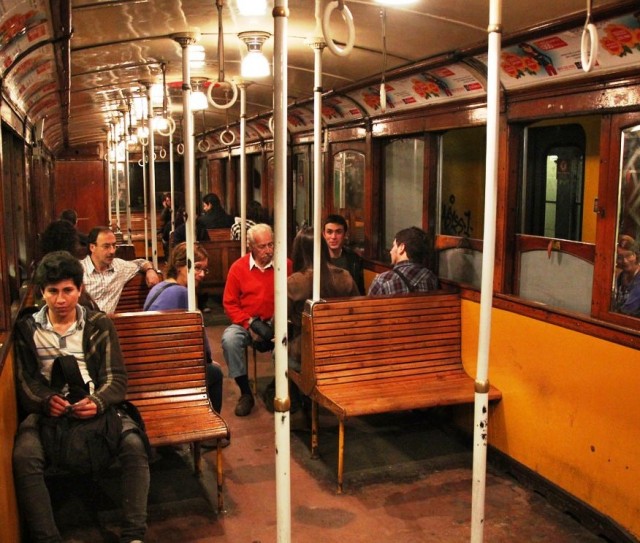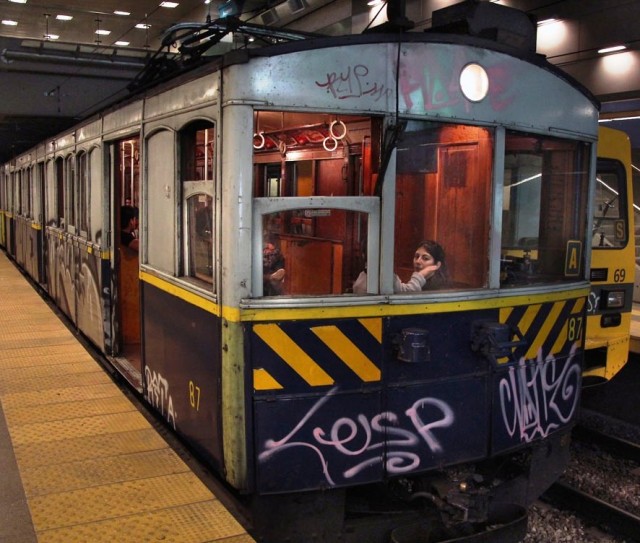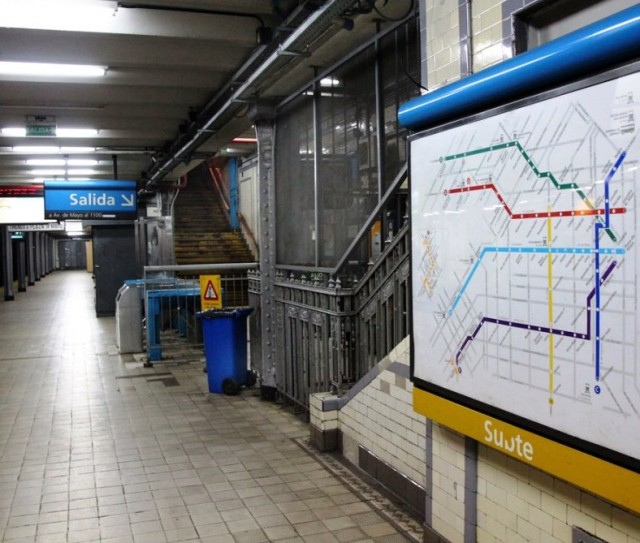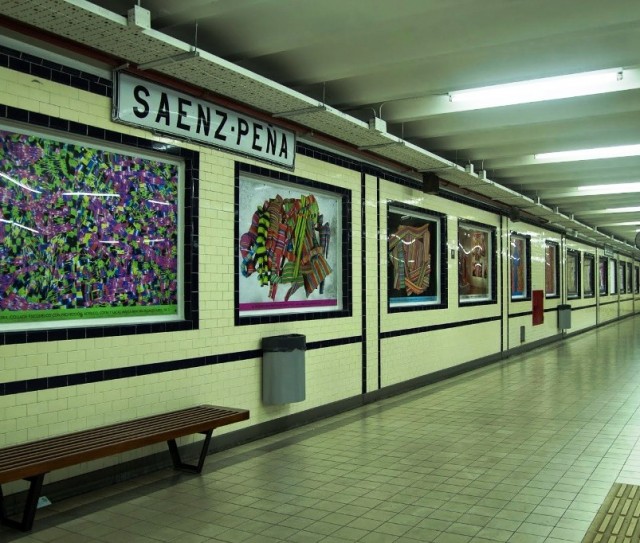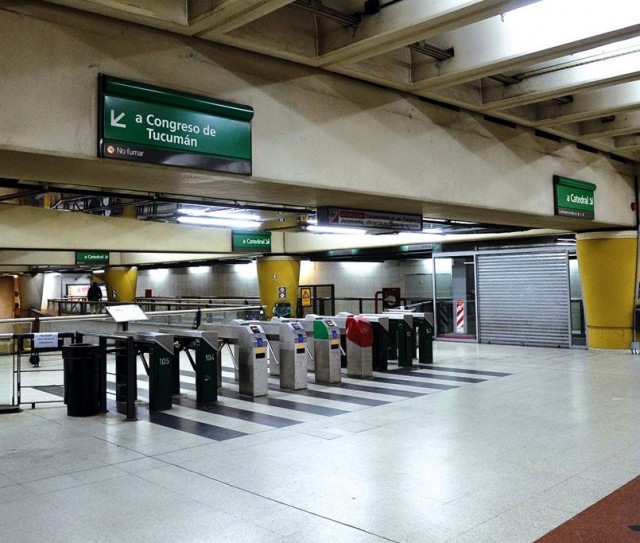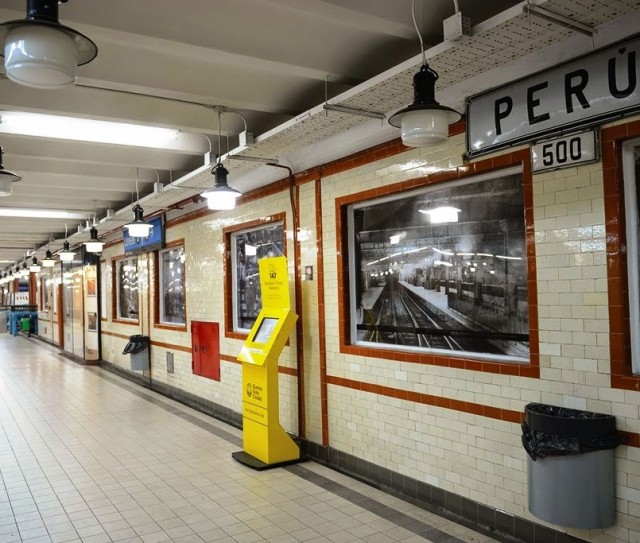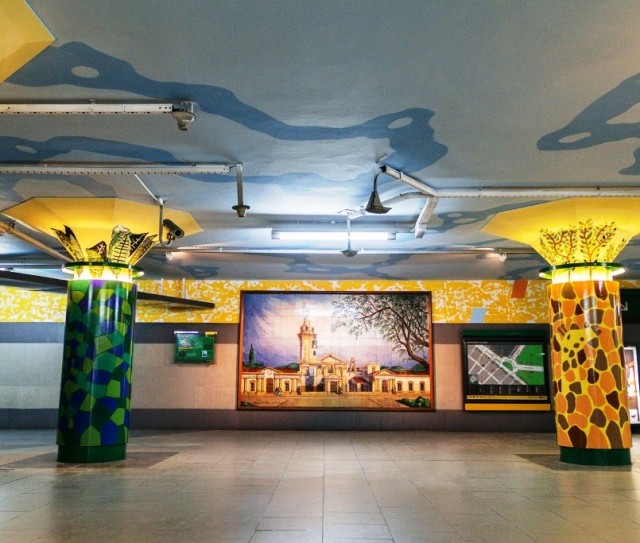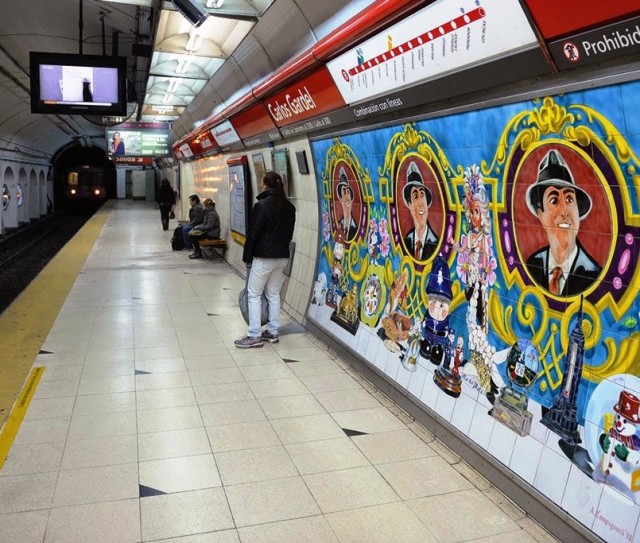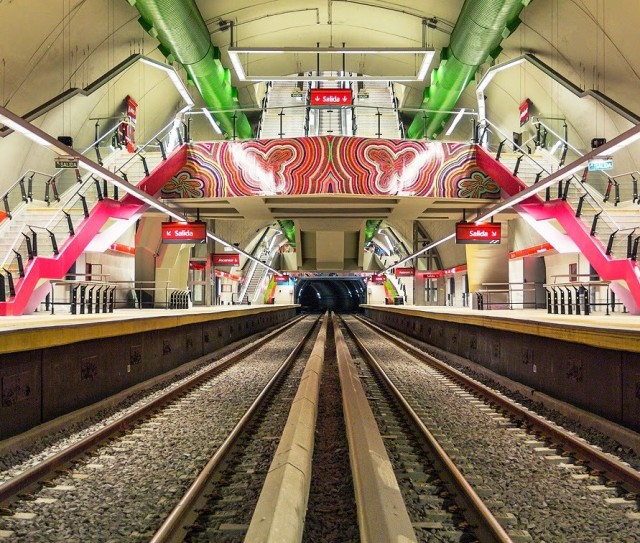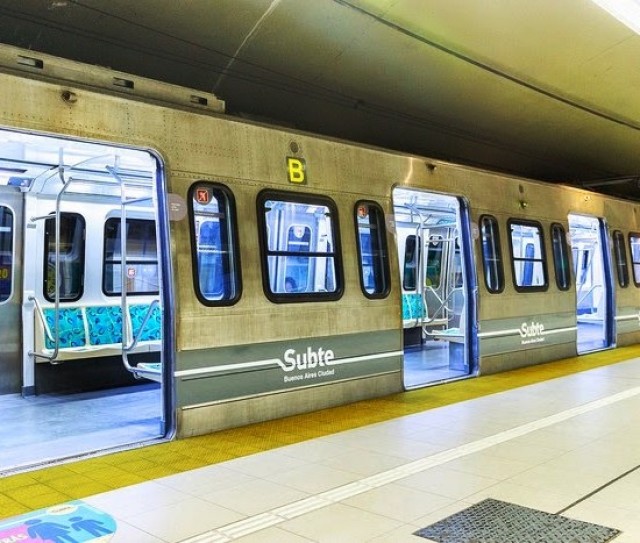Info
The Buenos Aires Underground, also known as Subte, holds the distinction of being the first subway system in South America and one of the world's oldest, inaugurated in 1913. It was established to alleviate public transportation challenges in the Argentine capital. The initial segment of the Buenos Aires Underground was constructed by the Anglo-Argentine company CTAA, connecting Plaza de Mayo and Plaza Miserere.
Today, the Buenos Aires metro boasts six fully underground lines and the Premetro line, which runs adjacent to Line E in the southern part of the city. It serves as a highly convenient and cost-effective mode of public transportation, providing access to downtown Buenos Aires and some outlying regions. With over a million passengers utilizing the system daily, the Subte is a vital part of the city's transportation network. Passengers can access the underground to reach key destinations such as Retiro and Estación Constitución train stations, from where shuttles and buses connect to Ezeiza Airport, named after Minister Pistarini (Aeropuerto Internacional Ministro Pistarini). Additionally, many of Buenos Aires' attractions are conveniently located near metro stations, including Teatro Colón, Recoleta Cemetery, and Bosques de Palermo.
The Buenos Aires Subte is managed by the transportation company Metrovias and, in conjunction with buses, represents the most widely used mode of public transit in the Argentine capital. The fare for a subway ticket in Buenos Aires is 80 ARS. This ticket allows access to the Premetro line but is not valid for surface transportation. For added convenience and savings, travelers can use a Subecard, which is also accepted on buses.
Undeground entrances are identified by "Subte" signs, typically matching the color of the subway line. At some stations, staircases lead directly to platforms without an intermediate transition, and certain stations feature only one platform, serving a single direction. Therefore, passengers should exercise caution to avoid unnecessary charges. It's also important to note that the Buenos Aires Subte operates on the left-hand side.
The interior of Buenos Aires underground stations varies considerably, ranging from modest and less-maintained stations to those designated as cultural landmarks. The latter are adorned with more than four hundred artistic works, including sculptures, frescoes, and mosaics. The diversity of trains in the Buenos Aires Subte system is another point of interest. Among them are some of the world's oldest carriages, dating back to the 1930s. Until 2013, the Buenos Aires Underground trains on Line A held the distinction of being the oldest in operation since the subway's inception.
Passengers traveling on the Buenos Aires Subte benefit from ample signage and free Wi-Fi access. Additionally, the metro offers a dedicated television channel featuring entertainment and informational programming.
Lines
The Buenos Aires Metro, locally known as "Subte," consists of six lines, each with its own letter and color designation: Line A (blue), Line B (red), Line C (blue), Line D (green), Line E (purple), and Line H (yellow). Additionally, the metro system includes the Premetro line, often referred to as the light metro or modern tram. With a total of 102 stations serving passengers, the Buenos Aires underground covers a substantial network of 61.3 kilometers. Operating hours for the Subte typically span from 5:00 in the morning to 11:00 at night.
Fare
The fare for the Buenos Aires Underground is 80.00 ARS, and this ticket is also valid for use on the Premetro line. Alternatively, passengers can opt to pay for their metro and bus rides using a Subecard. The pricing structure for the Buenos Aires Subte using a Subecard is as follows: First 20 trips - 80.00 ARS, trips 21 to 30 - 64.00 ARS, trips 31 to 40 - 56.00 ARS, trips exceeding 41 - 48.00 ARS. For travel specifically on the Premetro line with a Subecard, the cost is 28.00 ARS.
Ticketing
Passengers can conveniently purchase tickets and top up their cards at ticket offices and dedicated machines located at Buenos Aires Subte stations, with the option to pay in cash. To access Buenos Aires underground stations, passengers use turnstiles. When entering the station, simply insert the ticket into the designated slot, or apply the card to the reader. Notably, there is no need for a card or ticket when exiting the station.
 English
English Deutsch
Deutsch Français
Français Italiano
Italiano Español
Español Português
Português Русский
Русский Українська
Українська Polski
Polski Čeština
Čeština Ελληνικά
Ελληνικά Türkçe
Türkçe Tiếng Việt
Tiếng Việt ไทย
ไทย 日本語
日本語 中文
中文 한국어
한국어